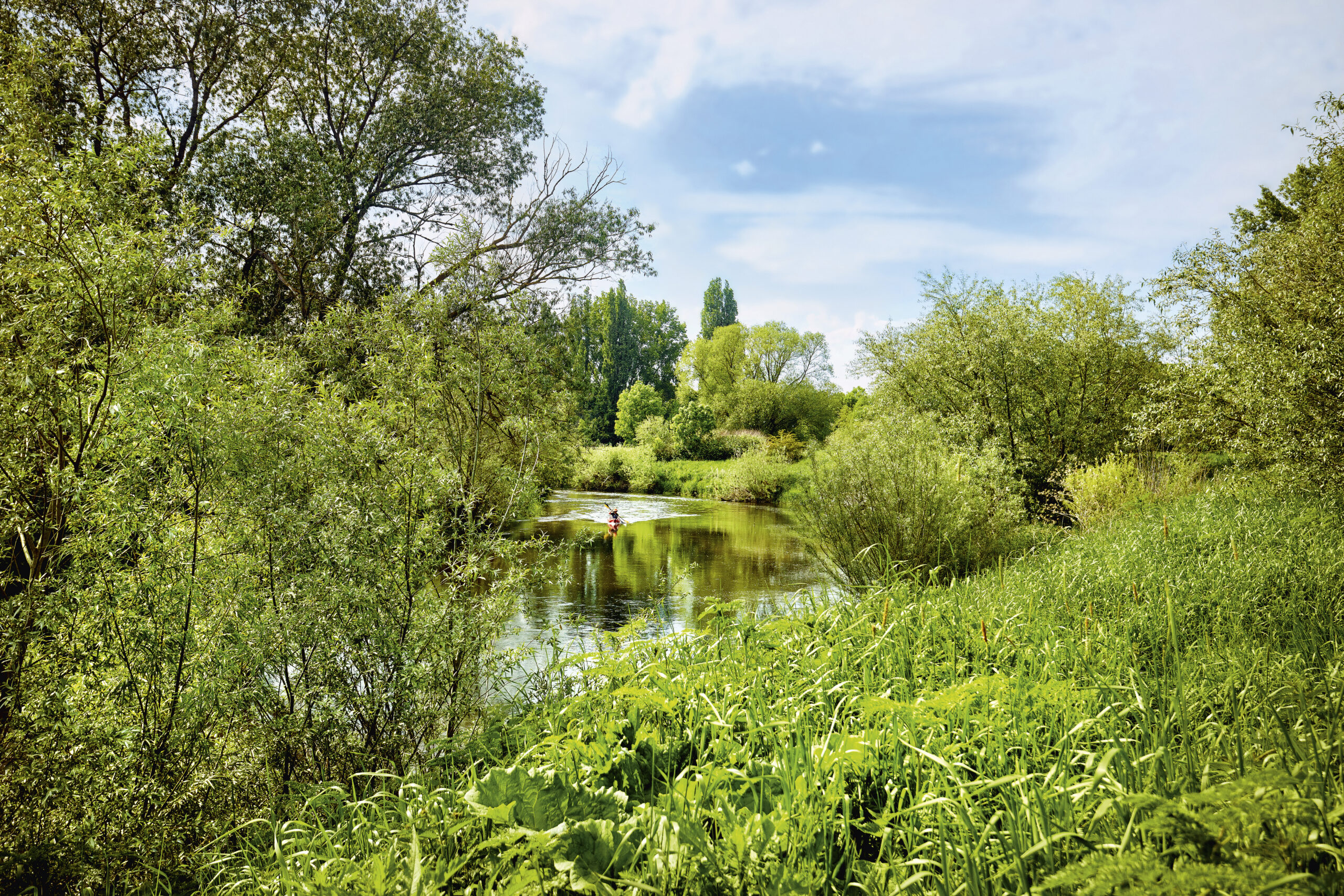
This beautiful corner of the world is nestled between the Leash and the Mittelland Canal in the north and east and the Deister in the south-west.
Very close to the state capital you will find a real natural beauty - the enchanting Calenberger Land with unspoilt nature, lush meadows and idyllic flair. In addition to highlights such as the Marienburg Castle and the Deistera picturesque landscape with all kinds of Places of interesthow impressive Locks or medieval buildings. This region is simply ideal for active day trips, hikes or walks. Cycling tours in the Hanover region.
As early as the 13th century, the monasteries Barsinghausen, Mariensee, Marienwerder, Wennigsen and Wülfinghausen founded.
In Mariensee, it was the Cistercians who emerged from reforms of the Benedictine order and were particularly known for their strict faith and very simple way of life. The others were Augustinian monasteries. Even today, commissioned work is still produced here in the old craft tradition or events such as exhibitions and readings are organised. Those who are particularly interested in the history of the individual 200-year-old buildings can take part in the guided tours. These take place either regularly or by appointment.
We think that the monasteries on the themed cycle route "From monastery to monastery" are the best places to discover. This is particularly fun in spring or late summer.
Water buffalo is rarely seen in Lower Saxony. At the Ihme At Vörie, however, the exotic cattle have already found a permanent home or workplace.
As Biotope and landscape conservationist the buffaloes here are fully occupied with species and nature conservation projects. On assignments in other nature conservation areas, such as the Steinhuder Seahave already proven their worth. Among other things, they keep the riverbanks free of overgrowth and fertilise the area at regular intervals. The four-legged friends are also indispensable for flood protection along the river. Exciting, isn't it? You can observe the animals from their own viewing hut near Ronnenberg or take part in a specially organised guided tour from the NABU part.
It has many names - Burg Calenberg, Schloss Calenberg, Feste Calenberg - today the ruin is usually referred to as Alt Calenberg.
Its long history began in 1292 as a moated castle. Duke Otto built the castle in the picturesque Leine meadows near Pattensen, in the district of Schulenburg. In the 16th century, it was converted into a fortress as the moated castle could no longer withstand the attackers. After the Thirty Years' War, it lost its military significance and was razed to the ground. This is the term used to describe the disabling of castles or fortifications, usually to weaken the enemy. In this case, however, there was concern (given that the building was already dilapidated at the time) that enemies might take the castle and threaten the Calenberg region from there. The southern rampart was demolished and the moat filled in.
Did you know that the fortress of Calenberg gave its name to the Guelph principality of Calenberg?
Today, the once magnificent complex is in ruins. Of the fortress and the castle hill, you can still see ramparts, cellars (closed since 2008), foundations and the battery tower. For nature lovers with an interest in history, the area is still a popular destination for a hike or cycle tour in the Calenberger Leinetal nature reserve.
+ Read more
Zum Calenberg 9
30982 Pattensen
There are no opening hours at this location. A visit is possible at any time.
Copyright © 2025 HANNOVER LIVING - All rights reserved.